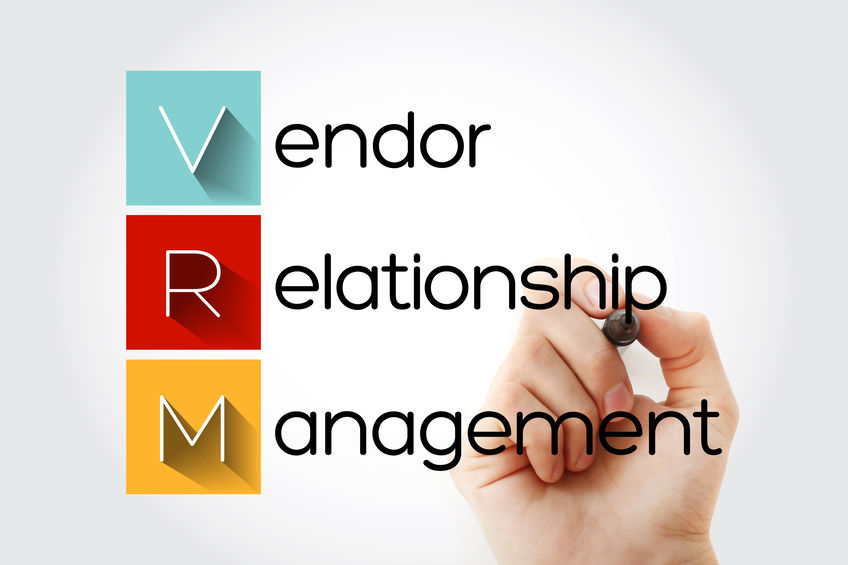IT vendor management is an all-encompassing term that describes the processes your organization uses to manage suppliers or vendors. Though it seems simple at first, the relationships between your organization and your vendors can be quite complex. Learning more about what good IT vendor management looks like can help you build better relationships with your suppliers, which can lead to better project outcomes in the future.
The Most Common Activities in the IT Vendor Management Process
Vendor management isn’t as simple as signing contracts. In fact, it goes much deeper than that. Good, effective vendor management involves selecting the right vendors, negotiating contracts, onboarding the vendors, monitoring their performance, mitigating risk, and even producing payments. These processes work together to provide you and your vendors with a mutually beneficial relationship.
A Closer Look at Each of the Processes
There are six main processes involved in IT vendor management. Depending on the size and scope of your organization, you may find that each of these can be broken down even further. Here, we’ll take a look at the main six processes and what they involve.
- Choosing vendors. This is the first step in the vendor management process and it involves researching and contacting various vendors with requests for quotation (RFQs), requests for proposal (RFPs). During the vendor selection process, you can shortlist vendors (or even add them to an exclusion list) based on what they can offer, essentially narrowing down the choices. You’ll need to research each vendor carefully based on its reputation, price, capacity, and more – and be sure that you don’t ignore their communications with you. Effective communication is key.
- Negotiating the contracts. Contracts must be absolutely perfect before they are signed, so taking some time to negotiate your terms – and the vendors’ terms – is to be expected. During this process, you’ll need to define what products or services will be included, the start and end dates of the contracts, and various terms and conditions that will apply to your relationships with those vendors.
- Onboarding the vendors. Now that you have chosen your vendor and negotiated the contract, the next step is onboarding. During this step, you will need to gather all the information you need to make that vendor an approved supplier and ensure that you have the budget and means to pay that vendor for its services to you. Other things you may want to consider include licensing and insurance details, tax forms, and more.
- Performance monitoring. With everything live and working, make sure that your organization has a clear plan in place for monitoring the performance of your vendors. This will involve seeing how they perform compared to your organization’s set KPIs (key performance indicators) and ensuring that they are meeting all the terms of the contract.
- Mitigating risk. Introducing vendors into your organization opens the door for new risks that include (but are not limited to) compliance or security issues, the loss of intellectual property, and even lawsuits. Any and all of these things could affect your organization – or, at the very least, it could affect that vendor’s ability to supply your organization with the products and services required. Your monitoring should focus on anything that has the potential to disrupt your company or its operations.
- Making the payments. Finally, an essential part of IT vendor management involves making sure that you are paying your vendors on time and according to the agreed-upon terms.
IT vendor management is quite a complex process, and it’s easy to overlook some of the most important steps. From choosing the vendor to negotiating the contracts and issuing the payment, it’s important to understand the importance of careful management and risk mitigation.


